|
Henry Percy had played his part in the usurpation of King Richard II and aided Henry Bolingbroke, later Henry IV in his successful attempt to gain the crown of England. By 1402 however, the Percy's had changed their allegiances and on the 19th of February, Henry, Ist Earl of Northumberland faced the king's army, under the leadership of Yorkshireman Sir Thomas Rokeby, just south of Wetherby in Yorkshire at Bramham Moor. "The exact sizes and compositions of the contending armies is not recorded but they were certainly far smaller than the thousands engaged at Shrewsbury three years earlier and little detail of the actual engagement survives. It is likely that the action followed the course of many medieval battles where the armies and generals were evenly matched. Lord Percy is said to have positioned his men carefully and awaited Rokeby’s arrival at 2.00 p.m. when battle was instantly joined and, though not long in duration, was said to be sharp, furious and bloody. It is generally believed that the English longbow, the ultimate weapon of its day (as evidenced at Agincourt seven years later), thinned the rebel lines before the English charged the northern forces and violent hand-to-hand combat ensued in a huge melee, probably with little tactical direction " (1) Henry IV's army defeated Percy's forces, in the final battle of the “Percy Rebellion”. This victory removed the threat of a rebellion in the north.
1 Comment
I often wonder what I would do in a given situation in history, for instance, would I have followed Richard Duke of York against Henry VI? At Henry VIII's separation from Rome would I have stuck with the old religion or taken up the new Protestant one? Nobody knows what they would have done, and I suppose it all depends on who your family were, what positions they held and how they thought the turning of fortunes wheel might affect them. My 15th century West Country ancestor was a fervent heretic hunter, yet his Catholic son, considered ‘suspect and weak and followed only those noblemen who are dangerous in the county’ conformed to the teachings of the Protestant church. I have to assume that, if I was with my ancestor at this time I might have joined him in capturing those men who were not of the same faith as me or maybe I would have been willing to join a rebellion that was taking place in the first few months of the reign of Queen Mary that was known as Wyatt's Rebellion. The proposed marriage of the newly crowned Queen Mary to Philip of Spain and the fear that many people had that England would once again turn towards the old religion was at the root of Wyatt's rebellion. He had previously been imprisoned for his support of Lady Jane Grey’s claim to the throne but he had managed to escape the executioner's axe. Wyatt's new plan was to remove Mary from the throne and replace her with Elizabeth, who would then marry Edward Courtenay. Courtenay was never a proven rebel but he was however embroiled in the plot. Peter Carew, a West Country gentleman did take part as did Henry Grey, Duke of Suffolk. Many others joined Wyatt but no one seemed to notice that the vast majority of the populace had taken to Mary as their queen. On entering London Wyatt's rebels were outnumbered by the queen's forces and Wyatt was captured. While in the tower Wyatt named Edward Courtenay as the instigator of the rebellion and begged Courtenay to admit to it. By implication, Courtenay and Princess Elizabeth were suspected of being involved and they too were imprisoned, when no evidence was found they were both released and Courtenay fled the country but Wyatt was sent to trial at Westminster Hall on the 15th of March. Thomas Wyatt mounted the scaffold on the 11th April in 1554 and was executed for treason. Following his trial Thomas Wyatt was beheaded on Tower Hill, his body quartered and his bowels and genitals burned. Wyatt's demise was gruesome but the treatment of his remains was even more so, his head and body parts were then taken and parboiled and were later displayed for all to see, his head however disappeared.
What of the fate of Carew and the Duke of Suffolk? Carew, like Courteney, escaped abroad he was captured and imprisoned but later released on payment of his debts to the crown. The Duke of Suffolk also escaped but was found on his estate in Warwickshire, where he was betrayed by his gamekeeper. On the 25th January 1554, what has come to be known as the Wyatt Rebellion began with a proclamation read out in the market square of Maidstone - 'Forasmuch as it is now spred abrode and certainly pronounced by the lords chancelour and other of the counsell, of the Quenes determinate pleasure to marry w. a stranger: etc we therefore write unto you, because you be our neighbors, because you be our frandes, and because you be Englishmen, that you will joyne with us, as we will with you unto death in this behalfe, protecting unto you before God...' Thomas Wyatt's plan was to remove Mary from the throne of England and replace her with Elizabeth who would then marry West Country nobleman Edward Courtenay, Earl of Devon. By the end of January 1554, Sir Thomas Wyatt and the four thousand men marched to Blackheath, south-east of the City of London to secure the advancements of 'liberty and commonwealth' that had been threatened by 'the Queen's determinate pleasure to marry with a stranger.’ The rebellion was a failure, on entering the city Wyatt's rebels were outnumbered by the queen's forces and Wyatt was captured. The 19th January 1547 saw the execution of Henry Howard, Earl of Surrey. He had been charged with high treason and found guilty. Howard has been branded 'reckless and arrogant' and he was a bit of a rebel in his youth. He had a noteworthy military career and was a religious reformer, a suspected supporter of Anne Askew who perished at the stake for her religion only six months previous. Like Howard, Askew had Thomas Wriothesley as her interrogator, and at her death she quoted one of Howard's poems. Henry Howard was the last noble to be executed during the reign of Henry VIII. He had been sentenced to be hanged, drawn and quartered at Tyburn, but this was later commuted to beheading, his father, the Duke of Norfolk was luckier, he escaped the executioners blade only because Henry had died before the execution could be carried out. Henry Howard was first buried at All Saints Church in Barking, however his remains were later removed by his son to the church of St Michael the Archangel in Suffolk. You can see his beautifully decorated tomb you can see below in my photographs from 2018. You can read more about Henry Howard here meanderingthroughtime.weebly.com/history-blog/trial-of-henry-howard Sowing the seeds of the Peasants RevoltUnlike later plots against government, such of the Gunpowder Plot in 1605 or the Babington Plot in 1586 where conspiracies were formulated by a few men under one roof, the Peasants Revolt was the quiet murmurings of unrest among many unhappy and angry people who finally got together under one leader. We get much of our information regarding the beginnings of the revolt from local level in the form of court cases brought against villagers who took part in the early stage, people from the villages like Fobbing, Billericay, Gold Hanger and Bocking. Evidence of the events that took place in Brentwood on the last days in May are also found in written accounts and this is backed up by the Anonimalle Chronicle written at the time by a Benedictine monk from St Mary’s Abbey in York, and a later inquisition headed by the Chief Justice of the King Bench and West County lawyer, Sir Robert Tresillian. Historian are in agreement over the events that took place in Brentwood, but not over John Bampton, the man who history associates with it. In the Anonimalle Chronicle, Bampton's christian name is Thomas but the vast majority of the references to him are as John. Bampton held lands in Essex, in 1362 Edward III granted him Ongar Park for an annual payment of ten marks and in 1372 he held Margaret Roding, one of six villages that make up what is known as The Rodings. He also held Canewdon, a village just north of Rochford. Also in 1372, Bampton was made sheriff of Essex, but it was as Justice of the Peace that he achieves his historical 'claim to fame' History tells us that Bampton was in the Essex village of Brentwood in the May of 1381 to inquire into unpaid taxes, and he had summoned the inhabitants of surrounding villages to come to Brentwood and explain their non payments.The meeting soon got out of hand and men from three of the communities refused to cooperate, violently forcing Bampton and his men at arms out of the village. It was this one incident that was the catalyst for the Peasants Revolt, the troubles soon escalated and was followed by the rebelling peasants entering London on June 13th. As we know, records of any historical event have to be read with caution and this applies to the events of the 30/31 of May 1381. It has been suggested that Bampton didn't play a major part in this story at all but only appeared because his property was one of the first to be attacked at beginning of the revolt. It has also been suggested that he was brought in later to replace another judge. But what is more likely is that he was not the lone justice triggering the revolt with his demands for money but one member of an investigating commission of four justices, a sheriff, a clerk and a sergeant at arms. This suggestion is backed by Tresillian's commission statement that states “John Goldsborough, John Bampton and other justices of the peace with bows and arrows pursuing them them to kill them headed back to London." In 1348, the Black Death killed over one third of England's population, it was the first link in a chain of events that would, over thirty years later, result in what is now known as the Peasants Revolt. The second link in that chain was a shortage of people to work the land, and it was this that gave the peasant population the ’upper hand’ causing them to demand higher wages. To counter these demands taxes were implemented, three poll taxes were introduced over a four year period that saw everyone over the age of fifteen paying one shilling each, this tax was crippling, it was the seeds of civil unrest. Of John Bampton after his return to London I cannot find any reference, but the important question is what of the peasants,did they go back to tilling the soil, did they return to their fields like nothing had happened? Initially yes, but what these men eventually achieved was the breaking down of the century old feudal system which had kept them at the very bottom of life's ladder. Attitudes were changing, this meant that the poor man would no longer be beholden to a lord and master, he would be a free man. The events of 1381 ended badly for most, Richards II's promise to the peasants came to nothing, the charter that was signed later revoked, The peasants leader, Wat Tyler was decapitated after trying to escape and two important members of the court, the kings Treasurer and the Archbishop of Canterbury are viciously murdered in the Tower of London by the rebels themselves.
On the 31st January 1606, Thomas Wintour and Robert Keyes were drawn from the Tower to the Old Palace Yard at Westminster, Guy Fawkes was brought to the scaffold too, but he was made to watch as his fellow plotters were hanged and quartered. Twenty-eight-year-old Ambrose Rookwood was another of the Gunpowder Plotters who also went to the gallows that day. Rookwoode had spent over two months in the Tower of London, and below you can see a carving by Ambrose Rookwoode on the wall of the Martin Tower. There were, in fact, two men known by the name of Ambrose Rookwoode - the above-named Rookwoode and his great-grandson, a Jacobite soldier who was tried for treason and executed at Tyburn on 29 April 1696, ninety years after his namesake. However, it is not quite clear which Rookwoode was responsible for the carving, or which one of them was held in this tower. The fact that Henry Percy was held in the same tower adds weight to it being Rookwoode senior. Incidentally, for his part in the Gunpowder Plot, Henry Percy spent the following seventeen years incarcerated there. Rookwood, ‘well-built and handsome, if somewhat short’, 'genial', ‘well-lettered’, and ‘very secret.’ was a member of an ancient family of Stanningfield in Suffolk who were wealthy and staunchly Catholic. His wife, Elizabeth Tyrwhitt's family were also a prominent Catholic family from Lincolnshire.
By the end of 1605, according to his confession, Rookwoode was approached by Catesby, Winter, and Wright, he stated that he hadn't known the reason for supplying the men with gunpowder at a house in Lambeth. This may be true, Catesby, as the ring leader, was a determined man and also charming and it may be that Rookwoode was easily persuaded. After the capture of Fawkes, Rookwoode was among the men fighting the king's forces at Holbeche House in Staffordshire, he was shot in the right arm and his face burnt, he was captured and taken to London and 'questioned at great length.' During his trial, he stated that he was led astray by Catesby and pleaded not guilty. Labeled a traitor, he was destined for a traitor's death, four days after his trial he was drawn to his death. Rookwoode asked to be taken past his home where his dutiful wife Elizabeth was waiting at the window, he is said to have shouted 'Pray for me, pray for me!' Rookwoode met his death on the gallows at Westminster Yard, even though he showed remorse, he was left to hang for longer than the others, a small mercy perhaps - he would be dead before they disemboweled him! |
Archives
February 2024
Categories
All
After ten years in the workplace I became a mother to three very beautiful daughters, I was fortunate enough to have been able to stay at home and spend my time with them as they grew into the young women they are now. I am still in the position of being able to be at home and pursue all the interests I have previously mentioned. We live in a beautiful Victorian spa town with wooded walks for the dog, lovely shops and a host of lovely people, what more could I ask for.
All works © Andrea Povey 2014. Please do not reproduce without the expressed written consent of Andrea Povey. |
- Home
-
My Family Stories
- Bustaine of Braunton: Introduction
- Hunt of Barnstaple Introduction >
- Lakeman of Mevagissey >
- Meavy Introduction >
- Mitchell of Crantock: An Introduction >
- Mohun of Dunster: Introduction >
- Purches of Hampshire and Cornwall >
- Scoboryo of St Columb Major >
-
Thomas Vaughan: An Introduction
>
- Smith of Barkby Introduction >
- Taylor Introduction >
- Tosny of Normandy >
- Toon of Leicestershire: Introduction >
- Underwood of Coleorton Introduction
- Umfreville of Devon >
- Other Families
- History Blog
- Wars of the Roses Blog
- The Ancestors
- A to E
- F to J
- K to O
- P to T
- U to Z
- Hendley of Coursehorne Kent
- Pigott Family of Whaddon Buckinghamshire
- Links
- Contact
- Umfreville test
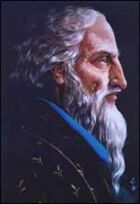
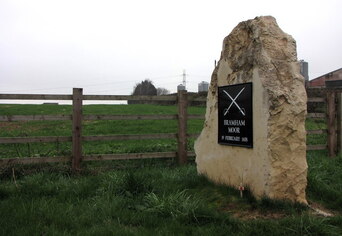
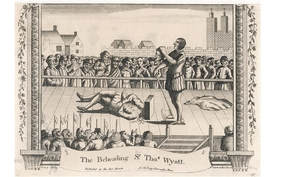
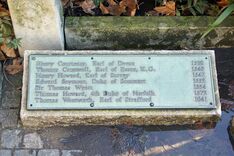
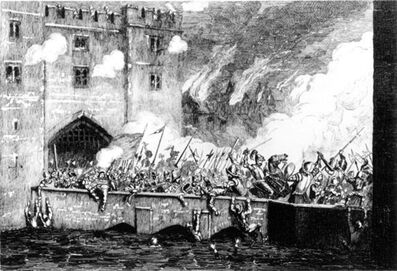
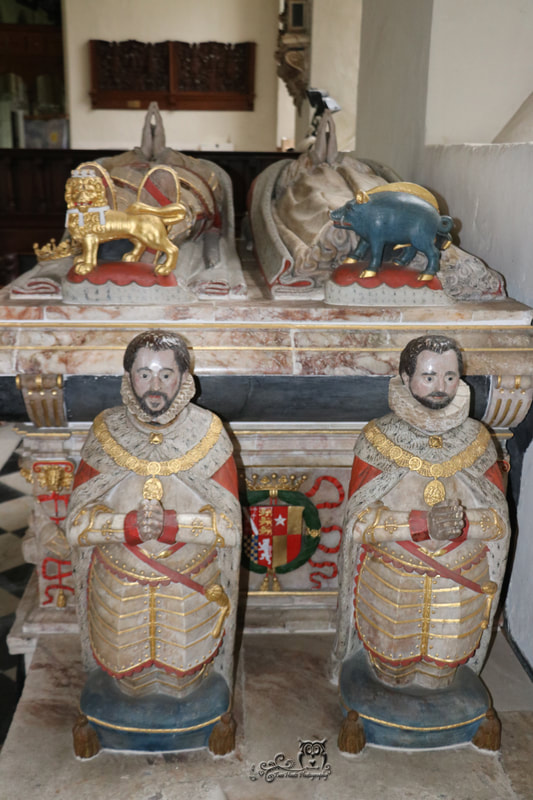
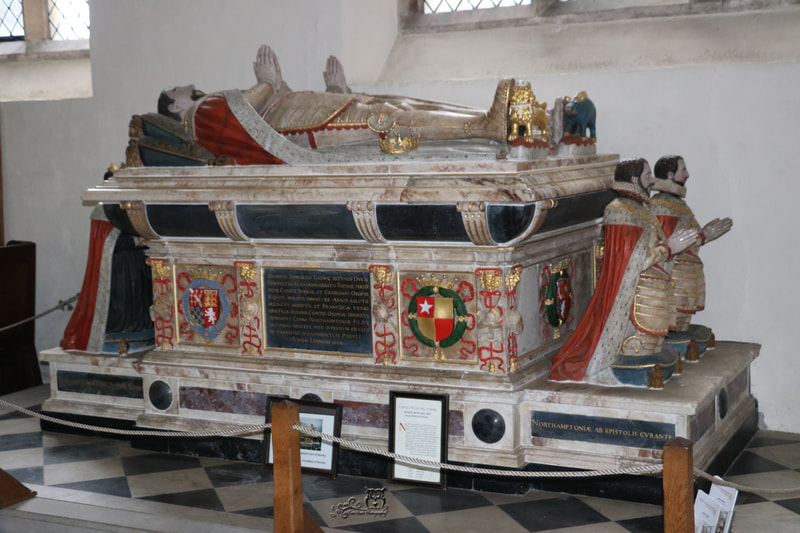
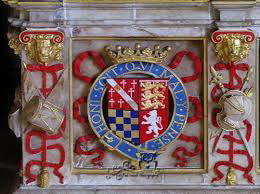
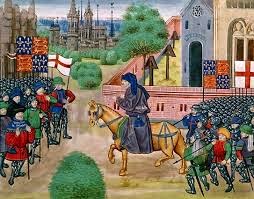
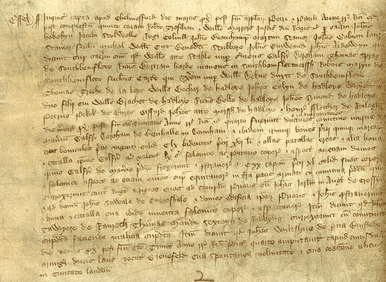
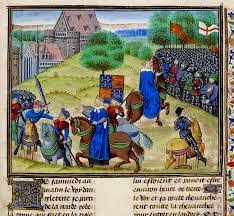
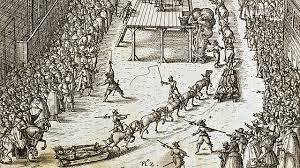
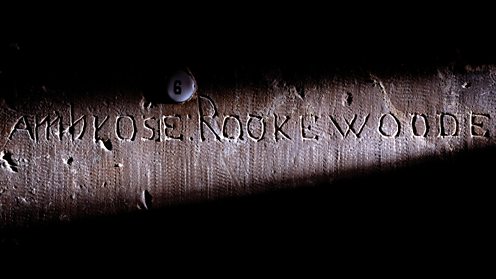

 RSS Feed
RSS Feed
